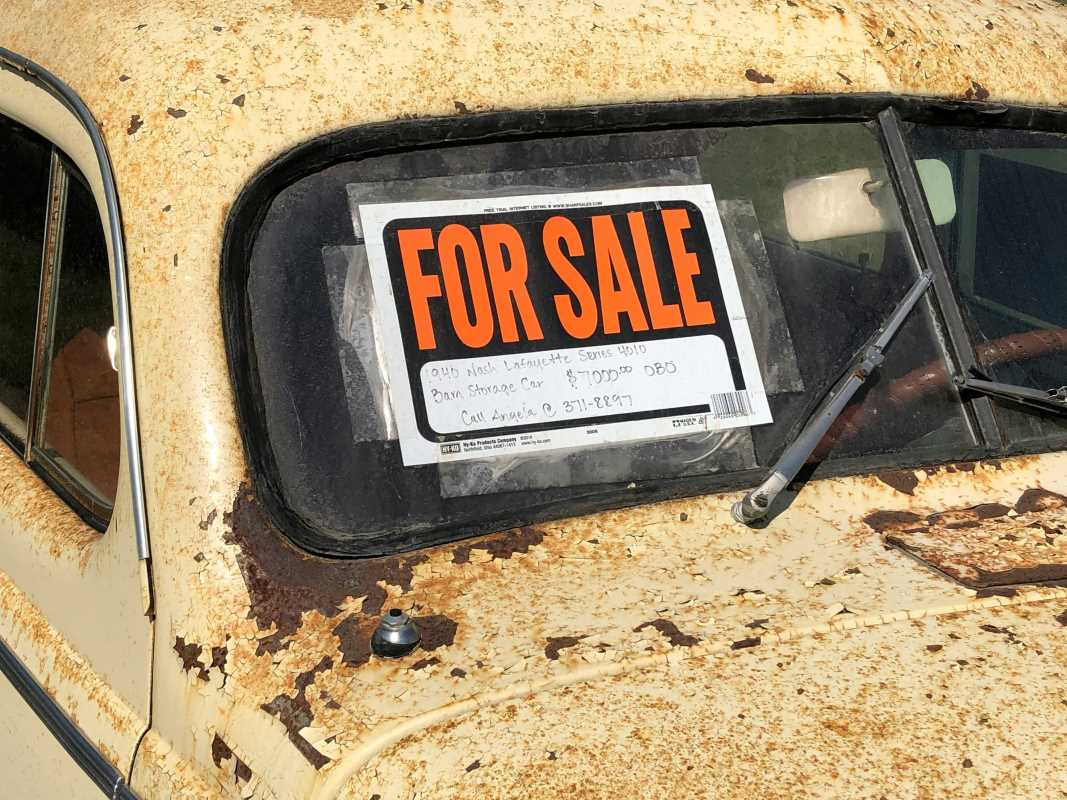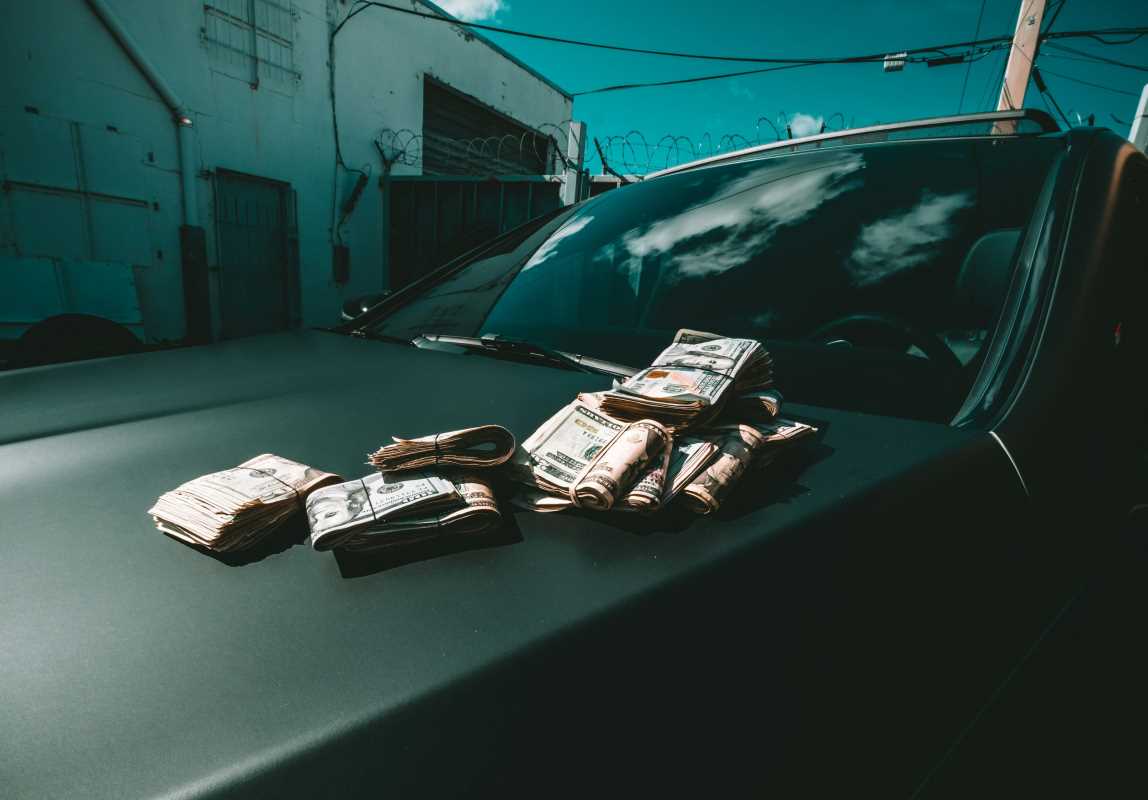Trading in your car can sometimes feel like stepping into the lion’s den. You’ve spent countless memories in that vehicle, and now you’re negotiating its value with someone who seems determined to lowball you. But don’t worry!
With a bit of preparation and some savvy strategies, you can trade in your car without walking away feeling like you’ve been had. Here's how you hold the power in this negotiation.
Know Your Car’s True Value
The first step to a confident trade-in is knowing exactly what your car is worth. Dealers, while typically honest, aren’t in the business of overpaying for vehicles. They will almost certainly offer less than your car’s resale value, which is why you need to arm yourself with knowledge.
Before walking into any dealership, use online tools to get an estimate of your car’s worth. Platforms like Kelley Blue Book and Edmunds allow you to input your car’s details like mileage, age, and condition to get a ballpark range. While these tools aren’t perfect, they do give you a solid starting point. The goal is to have an idea of what’s fair before negotiations begin.
If you want extra credit, check out local classified ads or online marketplaces to see what similar cars are being sold for in your area. This provides even more leverage during trade-in discussions. The phrase "I’ve done my research" is a dealer’s least favorite thing to hear.
Present Your Car in its Best Light
Think of your car’s trade-in day as a first date… for your car. First impressions matter. A dirty, cluttered vehicle can scream "mistreated" and lead dealers to assume it hasn’t been properly cared for, even if it’s never skipped an oil change. On the flip side, a clean and shiny car suggests it’s been loved and maintained, which can boost its trade-in value.
Start by giving your car a deep clean inside and out. Remove clutter, vacuum the carpets, wipe down all surfaces, and maybe even pop in an air freshener. If your car is due for minor maintenance like an oil change or tire rotation, get that done too. Simple fixes can remove potential reasons for the dealership to ding your value.
A professional detail or even a DIY spruce-up might cost you a bit upfront, but it can make a huge difference in the offer you receive. Bonus points if you organize your maintenance records to demonstrate a track record of proper care!
Timing Is Everything
Believe it or not, when you trade in your car can significantly impact the amount you’re offered. Dealers are constantly managing their inventory, and they tend to prioritize certain kinds of vehicles at different times of the year. For example, SUVs and trucks tend to fetch higher trade-in values in the fall and winter months when buyers are preparing for snow and tougher driving conditions. On the other hand, sports cars and convertibles reach peak desirability in the spring and summer.
Seasonality aside, dealerships have quotas and promotions that could work in your favor. Towards the end of a month or quarter, sellers may be more willing to negotiate to meet sales goals. Keep this in mind while planning your trade-in.
Being tactful with timing not only gives you an edge, but it also shows the dealer you’re the kind of person who does their homework.
Master the Art of Negotiation
Negotiation doesn’t have to feel like an episode of a high-stakes reality show. It’s a skill anyone can pick up, and when it comes to trading in your car, it’s one you’ll want to use to its fullest.
Here’s how you can approach it:
- Stay calm, polite, and confident. Coming in with a know-it-all attitude can be a turn-off for dealers, no matter how prepared you are.
- Start with your research-backed value. Use your Kelley Blue Book or local listing findings as evidence to support your number.
- Don’t be afraid to walk away. If the dealer is lowballing you or you don’t feel comfortable, there are always other options. Signing the first deal that’s thrown at you rarely works in your favor.
Remember, dealers aren’t doing you a favor by taking your trade-in; they’re profiting too. Knowing this can empower you to stick to your guns and get a fair offer.
Separate the Trade-In from Your Purchase
A big mistake many sellers make is allowing the dealership to lump the trade-in value with the purchase price of their next car. When you combine the two, it’s easy for numbers to get fuzzy, leaving you unsure of whether you’ve actually made a good deal.
Instead, treat the trade-in and purchase as two separate transactions. First, negotiate the price of the new car. Say nothing about your trade-in during this part of the conversation. Once you’ve agreed on a reasonable purchase price, bring your old car into the equation. This strategy minimizes the risk of dealerships artificially inflating prices or playing with figures to make it seem like you’re getting a deal when you aren’t.
It takes a bit of effort to juggle the two conversations, but keeping them distinct ensures you’re getting the best value on both ends.
Don’t Skip the Inspection
Dealers will almost always inspect your car before making an offer, so expect this step and make it work in your favor. If your vehicle is well-maintained and mechanically sound, don’t hesitate to point it out. Little details can sway opinions. For example, "This car got new tires just three months ago” or "The brakes were replaced last year" can boost the perception of its condition.
If there are flaws, acknowledge them with confidence. Here’s a pro tip: knowing about your car’s dings or repairs ahead of time means you control the narrative. Instead of letting the dealer "discover" the worn seat upholstery, you can frame it yourself by saying something like, "The upholstery could use some refreshing, but everything else is in great shape!"
Transparency builds credibility, and that sets a strong tone for a fair negotiation.
Explore All Your Options
While trading in your car at the dealership is the most convenient option, it’s far from your only one. Selling it privately may take more time and effort, but it often results in a higher sale price. Similarly, certain specialty car-buying platforms or online services might offer better values for specific makes or models.
Even if you’re set on trading in, feel free to get offers from multiple dealerships. Some places are more willing to negotiate than others. The more quotes you collect, the better grasp you’ll have on what your car is genuinely worth.
Side note? Showing up with competing offers can occasionally work as a powerful bargaining chip.
Pay Attention to Special Incentives
Many dealerships offer trade-in incentives like tax credits or cash bonuses on certain vehicles, particularly if they’re in high demand or nearing the end of a promotional period. While these perks shouldn’t overshadow getting a fair value for your car, they can add up to make a trade-in more worthwhile.
Ask about any current promotions that might apply. You’d be surprised how many potential perks can sweeten the deal. Just be sure to balance these incentives with your overall trade-in and purchase goals.
Don’t Rush the Process
When you’re ready to trade in your car, the best move of all is patience. Dealers are trained negotiators, and they’ll often use urgency to pressure you into making quick decisions. Resist the temptation to rush into an offer just because it’s "on the table right now."
Take your time to review all offers, get multiple opinions, and think through each step before shaking on the deal. A thoughtful approach gives you confidence at every stage and ensures you’re making the choices best for your wallet, not the dealer’s.
Driving Off Without Regret
Trading in your car doesn’t have to involve drama or regret. By preparing thoroughly, negotiating smartly, and keeping your emotions in check, you can ensure the deal is fair and beneficial. Walk in armed with knowledge and walk out feeling like a champion.
 (Image via
(Image via





